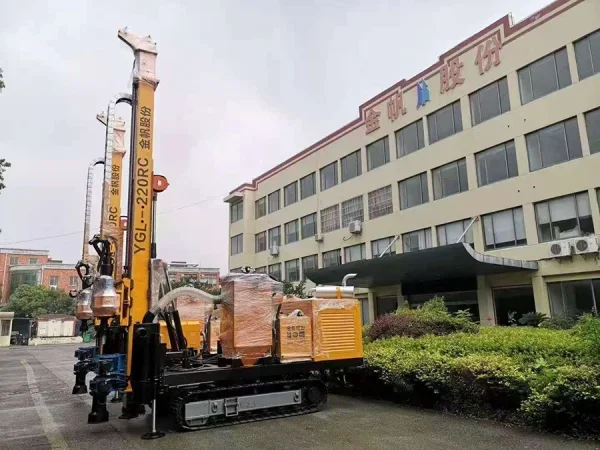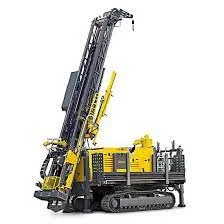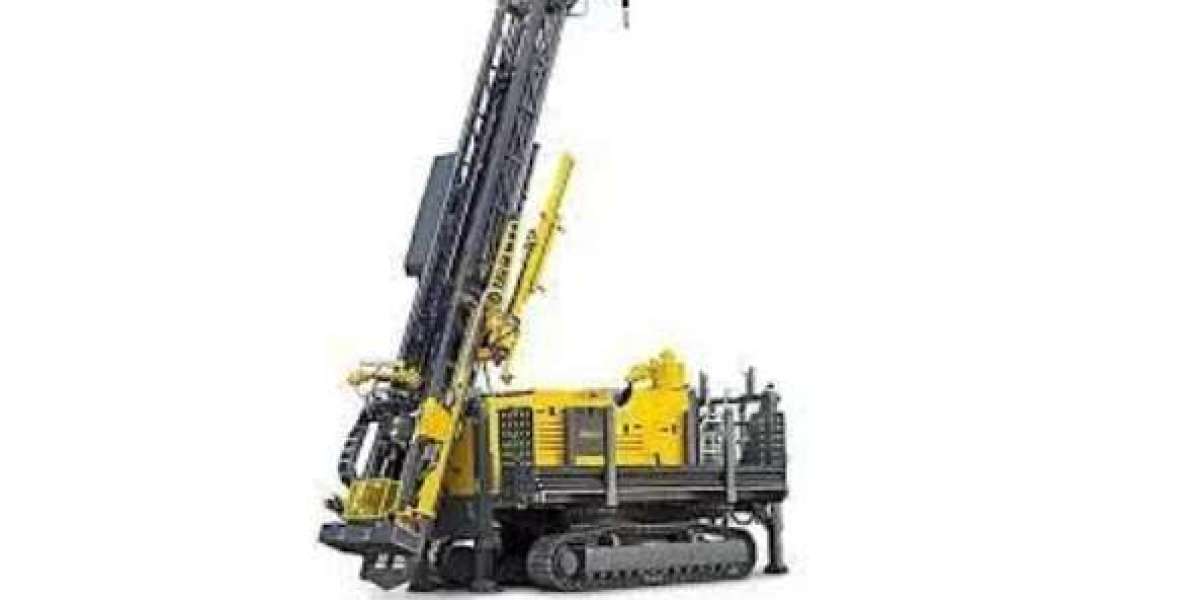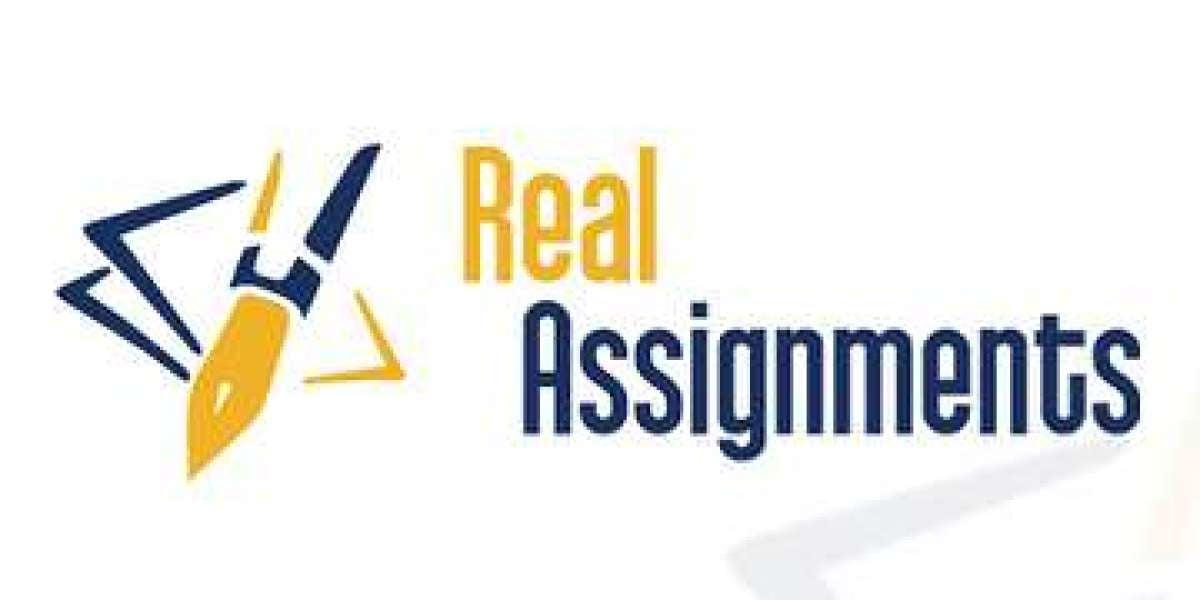Welcome to our blog post on how to avoid lost circulation and blowouts during reverse circulation drilling! If you're in the drilling industry, you know that maintaining safety and efficiency is critical to a project's success. Reverse circulation drilling offers many advantages, from faster drilling rates to better rock sample recovery. However, like any drilling method, it is not without risks. Lost circulation and blowouts can cause costly damage and cause serious hazards to workers on site. In this article, we'll explore the causes of these events and provide practical tips on how to prevent them.
Understanding the Causes of Well Leakage and Blowout
When it comes to reverse circulation drilling construction, one of the biggest concerns is the possibility of well leakage and blowout. These issues can be detrimental not only to the project itself but also to the environment. It is crucial to understand what causes these problems in order to prevent them from happening.
One common cause of well leakage and blowout is improper sealing or cementing of the wellbore. If there are any gaps or cracks in the cement, it can allow for fluids and gases to escape, leading to leaks or even a blowout. Another possible cause is high pressure within the formation being drilled, which can exceed the capacity of the casing or seals.
Equipment failure is another factor that can contribute to well leakage and blowout incidents. For example, a faulty valve or seal can fail under pressure, allowing fluids and gases to escape uncontrollably.
Furthermore, human error plays a significant role in causing these issues. Inadequate training or negligence when operating drilling equipment can lead to mistakes that result in leaks or blowouts.
Environmental factors such as unstable formations with weak rock layers increase the risk of well leakage and blowouts during reverse circulation drilling construction projects.
Understanding these causes helps us identify potential risks early on so that we can implement proper preventive measures during reverse circulation drilling construction projects. By addressing these root causes diligently through improved procedures and enhanced training protocols, we aim for safer operations with minimal risk of well leakage and blowout incidents.

Precautionary Measures Before Starting Construction
Before embarking on any construction project involving reverse circulation drilling, it is crucial to take precautionary measures to avoid well leakage and blowout. These potential hazards can lead to costly delays, environmental damage, and even injuries. Here are some key steps you should consider before starting your construction:
1. Conduct a thorough site assessment: Assess the location where the drilling will take place to identify any potential risks such as unstable ground conditions or underground utilities.
2. Obtain necessary permits: Ensure that you have obtained all the required permits from relevant authorities before commencing the project. This will help ensure compliance with regulations and prevent any legal issues down the line.
3. Plan for proper waste disposal: Implement a waste management plan that adheres to environmental guidelines and regulations. Properly disposing of drilling fluids and cuttings is essential in preventing contamination of water sources.
4. Train personnel: Make sure that all individuals involved in the drilling operation receive proper training on safety protocols, equipment usage, and emergency procedures.
5. Use reliable equipment: Invest in high-quality drilling equipment that is designed specifically for reverse circulation techniques. Regular maintenance and inspections are also crucial to ensure optimal performance during construction.
By implementing these precautionary measures before starting your construction project, you can minimize the risk of well leakage and blowout incidents while ensuring smooth operations throughout the entire process.
Proper Equipment and Techniques for Reverse Circulation Drilling
When it comes to reverse circulation drilling, using the right equipment and techniques is crucial to avoid well leakage and blowout. Here are some key factors to consider:
1. Drill Rig: Invest in a high-quality drill rig that is specifically designed for reverse circulation drilling. Make sure it has features like a strong hydraulic system, reliable pump capacity, and efficient dust control mechanisms.
2. Drill Bits: Choose drill bits that are suitable for the type of formation you will be drilling into. Different formations require different bit designs, so consult with an experienced supplier to ensure you have the right tools for the job.
3. Mud System: Implementing an effective mud system is essential for maintaining proper circulation during drilling operations. The mud should be formulated with additives that prevent fluid loss and provide adequate lubrication.
4. Pressure Control Equipment: Install pressure control devices such as blowout preventers (BOPs) to safeguard against sudden surges or kicks from underground formations. These devices help maintain control over well pressures and minimize the risk of blowouts.
5. Monitoring Systems: Utilize advanced monitoring systems that provide real-time data on various parameters such as pressure, flow rate, temperature, and depth during drilling operations. This allows operators to detect any anomalies early on and take necessary actions promptly.
6. Skilled Operators: Ensure your team consists of trained professionals who are knowledgeable about reverse circulation drilling techniques and safety protocols. Regular training sessions can further enhance their skills and keep them updated with industry best practices.
By utilizing proper equipment combined with skilled techniques, you can significantly reduce the chances of well leakage or blowouts during reverse circulation drilling construction projects.

Conclusion
During reverse circulation drilling construction, precautions must be taken and appropriate equipment and techniques used to avoid leakage and blowouts. Understanding the causes of these problems will help you identify potential risks and take effective preventive measures.
Investing in high-quality equipment specifically designed for reverse circulation drilling is critical. Make sure your drill, pumps, valves, hoses and other components are properly maintained and inspected regularly for any signs of wear or damage. Using sub-par equipment increases the risk of lost water or a blowout. Before starting the construction process, conduct a thorough site assessment to identify any existing geological formations or subsurface hazards that may affect drilling operations. Welcome to Wuxi Jinfan Drilling Equipment Co., Ltd., our professional technical staff will provide you with advice on local conditions.



